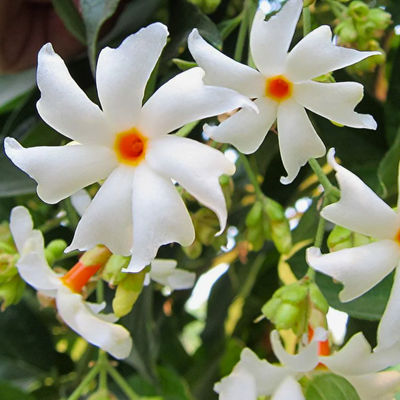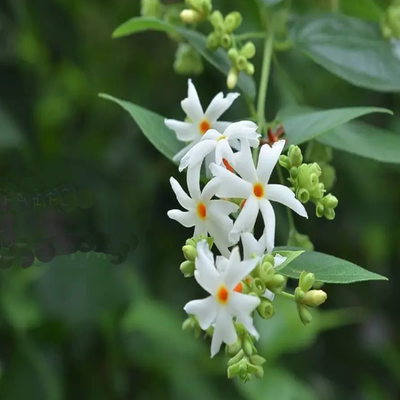
Bromeliad Plant Guzmania Terrarium Exotic Tropical Red Flower Tropical Live Plant
Rs. 549.00
Guaranteed Safe Checkout
Green Paradise Offers Healthy Bromeliad
Plant
About Bromeliad Plant
The family Bromeliaceae includes a unique and fascinating group of plants known as bromeliads. Native to the tropical and subtropical regions of the Americas, they can be found in various habitats, from rainforests to deserts. These unique plants are known for their striking appearance, vibrant colors, and ability to adapt to a wide range of environments.
Here are some key characteristics and features of bromeliads:
Leaf Arrangement:
- Bromeliads typically have rosette-shaped leaves, which form a central cup or reservoir.
- This reservoir helps the plant collect and store water, making them well-suited to survive in areas with seasonal droughts.
Water and Nutrition:
- Many bromeliads are epiphytic, meaning they grow attached to trees or other surfaces but are not parasitic.
- They obtain water and nutrients through their specialized leaves, which can trap and absorb rainwater and debris.
Vibrant Colors:
- Bromeliads are known for their vibrant and diverse colors.
- These can range from bright reds, oranges, and yellows to deep blues, greens, and purples.
- The colorful foliage often adds a striking contrast to the surrounding environment.
Flowering:
- Bromeliads produce unique and often intricate flowers.
- The inflorescence emerges from the center of the rosette and can vary greatly in size and shape among different species.
- Some bromeliads are prized for their long-lasting and showy blooms.
Life Cycle:
- Like many plants, bromeliads go through a life cycle that includes vegetative growth, flowering, and reproduction.
- After flowering and producing seeds, the parent plant may decline, but it often produces offsets or "pups" around its base, allowing for new growth and the continuation of the species.
Variety:
- There are over 3,000 known species of bromeliads, and new varieties are still being discovered.
- This vast diversity includes well-known genera like Tillandsia (air plants), Guzmania, Aechmea, Neoregelia, and Vriesea, among others.
Cultural Importance:
- Bromeliads have significant cultural importance among indigenous people in their native regions.
- They have been used for various purposes, such as building materials, food, and even medicine.
Ornamental Use:
- Due to their unique and attractive appearance, many bromeliad species have become popular ornamental plants worldwide.
- They are often grown indoors or outdoors, depending on the climate and specific species.
Care:
- Bromeliads are relatively easy to care for and make excellent houseplants or garden additions.
- Their specific care requirements can vary depending on the species, but most prefer bright, indirect light, well-draining soil, and moderate watering.
- They also benefit from occasional misting to provide humidity, especially for indoor cultivation.
In summary, bromeliads are a diverse and captivating group of plants that have captured the interest of horticulturists, collectors, and nature enthusiasts worldwide. Whether you're looking to add a touch of exotic beauty to your home or garden or simply appreciate the wonders of the plant kingdom, bromeliads are definitely worth exploring.


















